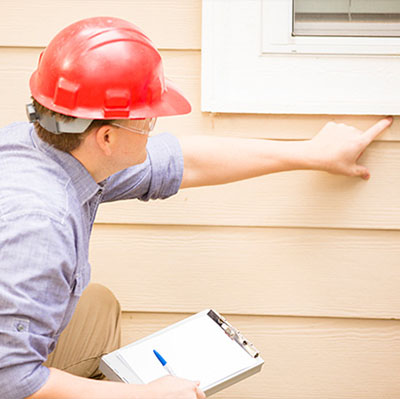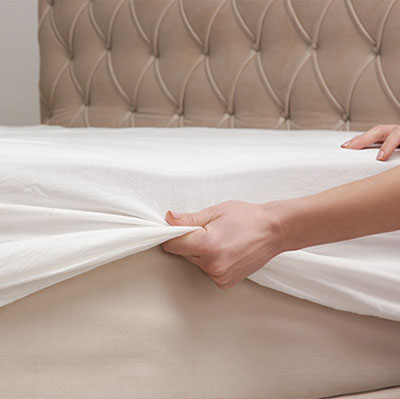How To Prevent Pests When Moving
- Details

Moving tasks include a lot of “to-do lists” as you get prepared, but the moving and packing process is also a time to think about pest prevention. Shuffling around your household items can stir up hidden pest issues that may have been unnoticed before.
Following these essential tips can help you to know what to look for and what actions to take to prevent pest problems. After all, keeping pests away before, during, and after your move will allow you more time to relax and enjoy your new home.
Identifying Common Pests and Their Habitats
When preparing for a move, it's essential to be familiar with the types of pests you might encounter. Common pests include rodents, cockroaches, bed bugs, and ants. Each of these pests has specific habitats and behaviors. For instance, rodents are often found in dark, secluded areas, while cockroaches thrive in moist environments. Knowing what to look for and where can be the first step in keeping your move pest-free.
Pre-Move Pest Control: Cleaning and Decluttering
Before packing, thoroughly clean and inspect the home. Pests are attracted to food residue and clutter and like to hide and nest in hidden crevices. Pay close attention to the kitchen, pantry, and storage areas. Dispose of any expired food items and vacuum every nook and cranny. If any appliances are being moved from one home to another it's vital to clean them.
Decluttering is another essential step. Reducing the number of items you are moving will minimize the risk of transporting hidden pests to your new home. Dispose of unnecessary items, and ensure that the remaining belongings are properly packed and stored.
Choosing the Right Packing Materials to Deter Pests
You might be surprised by how important it is to use the proper packing materials and storage options. Opt for sturdy, sealed plastic containers instead of cardboard boxes, as cardboard can be a breeding ground for pests. Additionally, make sure to wrap items in plastic wrap or sealable bags to provide an extra layer of protection especially if items are going into a storage unit. This will help prevent pests from infesting clothing and other stored items.
Consider using pest repellents like cedar chips or sachets filled with lavender or peppermint in your packing materials. These natural deterrents can help keep pests at bay during the moving process.
Clear Debris and Maintain Yard
Pests such as ants, cockroaches, and rodents are drawn to household trash and will quickly infest areas where yard debris is abundant. Tall grass and overgrown brush can harbor a breeding ground for mosquitoes, ticks, and fleas. Leaves and yard clippings should be kept in a designated area far away from your home.
Place recycle bins and trash cans in a secure area and use a trash can with a locking lid to help keep critters out. These proactive steps will make these areas less inviting to pests like mice and rats. Wash containers every week or two to keep spilled residue from attracting pests.
Post-Move Pest Inspection and Maintenance Tips
Upon arriving at your new home, be alert for signs of pests such as droppings or shredded paper which can mean there is rodent activity. Check out our recent blog, which notes common entry points such as windows, doors, and utility openings. Seal any gaps or cracks to prevent pests from entering the house.
Regular maintenance is key in pest prevention. Continue to practice routine cleanings, store food properly, and conduct periodic inspections. If you notice any signs of an infestation, address it immediately to prevent it from becoming a larger problem.
Professional Pest Services
Whether you're moving into a new house or moving out, it's vital to prevent the risk of infestations. At Eagle Pest Services, we provide our customers with top-notch service you can trust to effectively take care of pest concerns. We offer full-service pest control, including termite inspections which are essential as you move into your new home. Contact us today at 1-(866) 281-1822 or schedule your inspection online.





